Alberta Infrastructure: COBie Unlocked

With Alberta Infrastructure’s new BIM policy now in effect, now is the time for companies that intend to bid or are working on Alberta Infrastructure projects to ensure that they can meet the new requirements. (Not sure what the requirements are? View them here).
One of the major areas of change—and the one that’s been causing the biggest headache—is the question of how to collect and output asset data in COBie format and provide a resource who is accountable for asset information collection. How much additional work is involved in meeting this deliverable?
First a quick primer on COBie.
Construction Operations Building Information Exchange (COBie) is a non-proprietary data format focused on delivering asset data from building information models (BIM). In its simplest form it is a spreadsheet that contains digital information, generated during the Design and Construction phases of the project, in as a complete and useful a form as possible.
It is also the only agreed upon standard for data and document exchange at the end of the construction phase within the Architecture Engineering Construction Owner Operator (AECOO) world at the moment.
Why COBie?
The stated objective of a COBie deliverable from Alberta Infrastructure is to, “is to capture data that is already found on drawing schedules, construction administration forms and handover deliverables.”
The data inside a COBie spreadsheet is intended to improve the handover process to building owner-operators. The data provided, as the design and construction teams depart the building site, should support the daily task of operating and maintaining the building.
By capturing data around what space is in the building and of what type; how to maintain and operate equipment to maintain services; how to manage preventative rather than reactive maintenance; and, what the cost of repair or replacement is, from an on-the-ground perspective it answers the questions:
- What equipment needs to be maintained.
- Where does the technician go to service it?
- How is the equipment maintained?
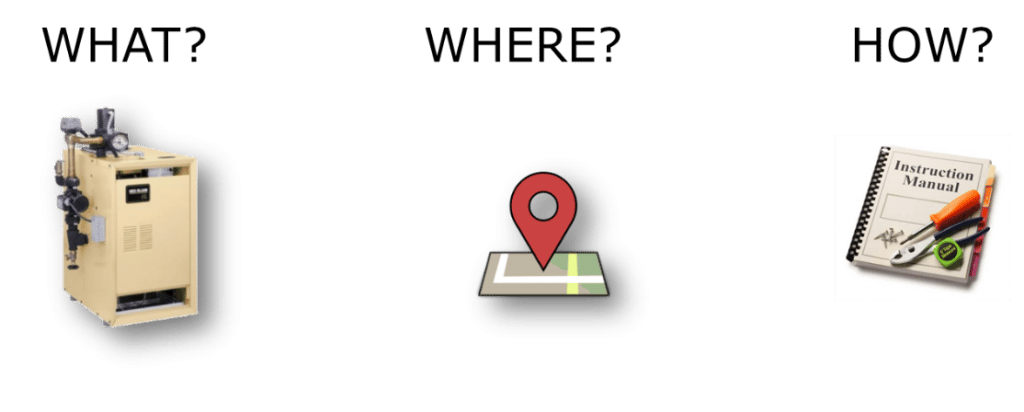
Turning obstacles into opportunities
Here’s how we think about COBie.
Preparing a COBie deliverable will require effort. But, processes required to produce a COBie deliverable have additional benefits that can help your business grow.
Here are some opportunities to think about, as you work through the process:
COBie is structured to align with international standards. Standardization in North America is something that has been heavily avoided in our industry. Adopting classification standards such as OmniClass Tables 11, 13, 21 and 23 can allow us to more easily communicate consistently and reuse information.
COBie requires a structured modeling process. A defined Project Execution Plan (PxP or PEP) promotes organization and efficiency within and outside of your organization.
COBie requires quality data to be generated from the model environment. COBie imposes additional modeling and management workflows on both the design and construction teams to ensure that quality data is generated from the model environment. New roles like the Asset Information Management (AIM) raise the bar for the level of QAQC of a project.
As a whole, the COBie requirements provide a preview of the changing nature of our industry and of more advanced BIM uses that benefit a project’s lifecycle. We are fully committed to ensuring that organizations we work with are ready to respond to the Alberta Infrastructure requirements.
How Summit BIM can help
We can help simplify the COBie deliverable process for design and construction teams by:
- Educating staff and streamlining modeling processes to meet the COBie requirement.
- Acting as the Asset Information Management (AIM) manager if required.
- Completing model compliance checks, at key stages to ensure required deliverables are achieved.
- Simplifying the capture, review and management of the COBie data and document requirements during Construction. Using a cloud interface and using industry language rather than COBie terminology, participants are better able to perform QAQC and determine what work is left to do and who is responsible to provide it.
Contact us at 604 568 8325 to discuss how we can help you meet the Alberta Infrastructure COBie requirements.
Our next blog will address what the COBie strategy, the processes required and their implications for a project. Future posts in the series will address how COBie is implemented during the Design and Construction phases of a project.
Related Posts
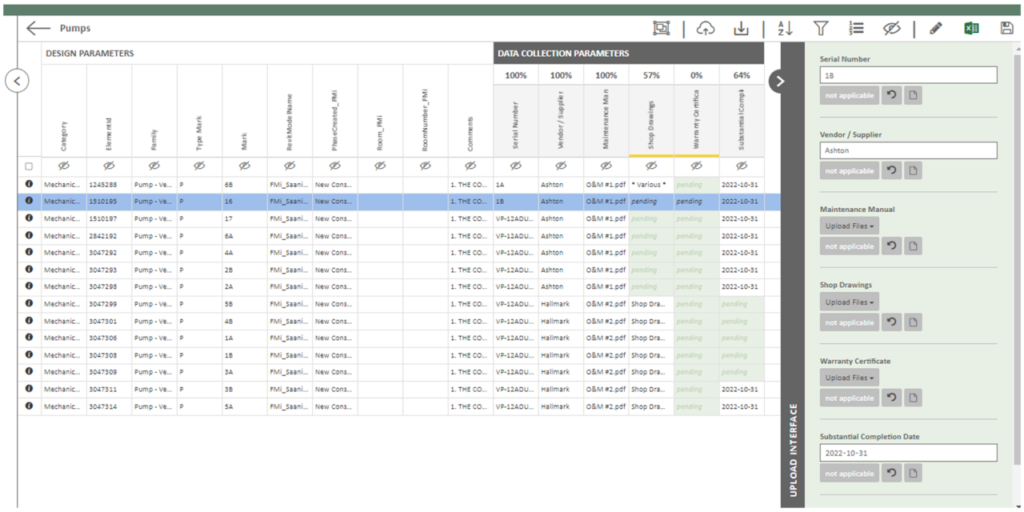
Data Collection through Construction

Coming to Canada: A BIM Consultant’s Journey
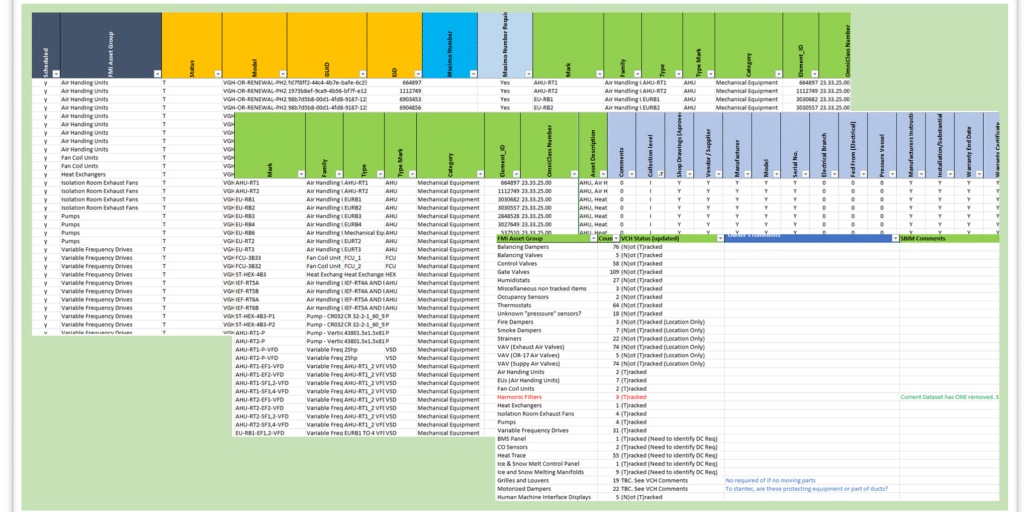
BIM and the Art of an Asset Registry
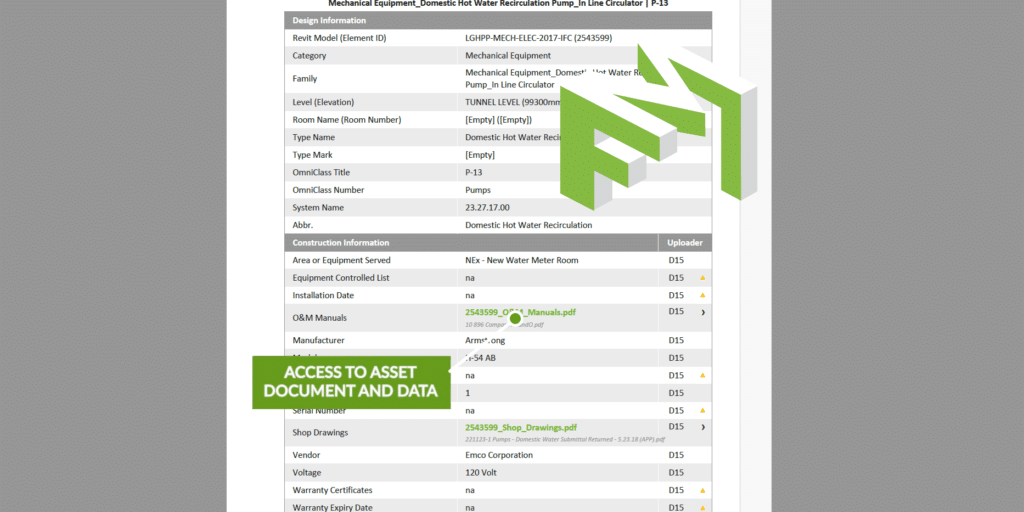
Digital Handover – a less stressful solution
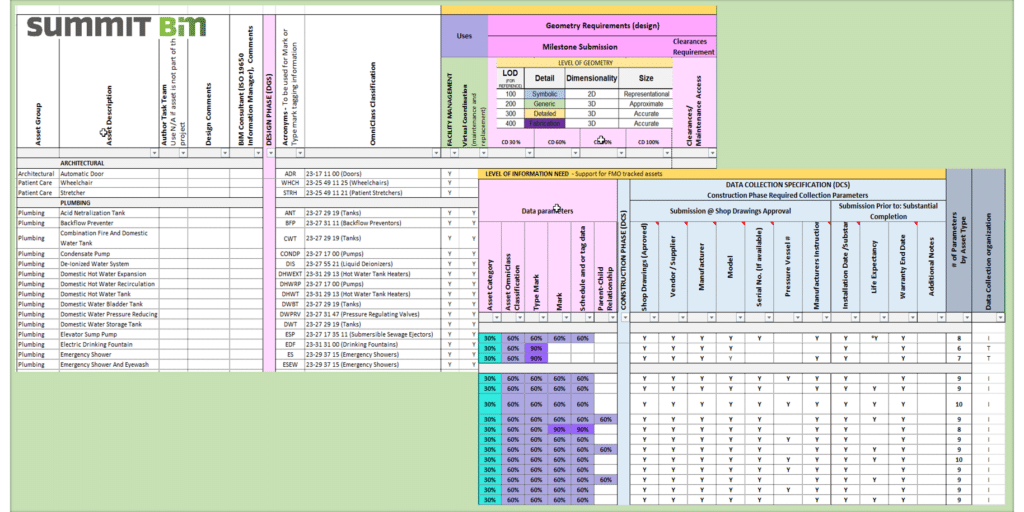
DGS/DCS Evolution – A Retrospective
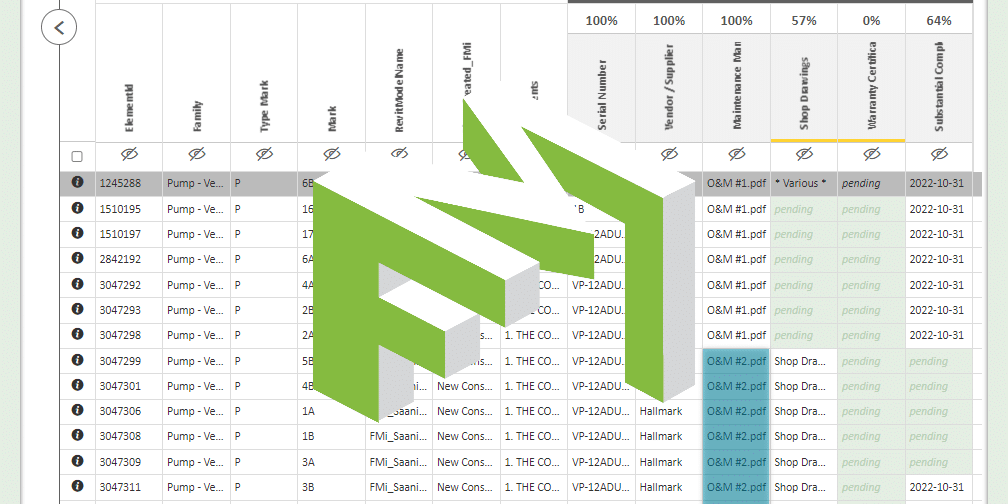
Data Visualization and Collection for FM Handover

Data and Document Collection for FM Handover


